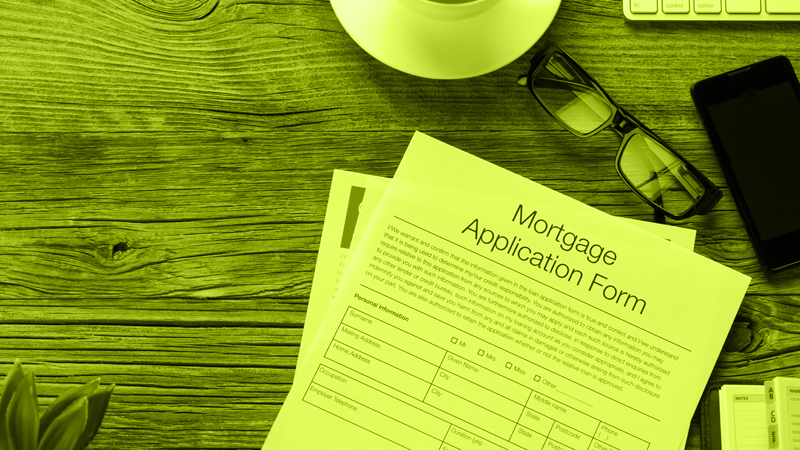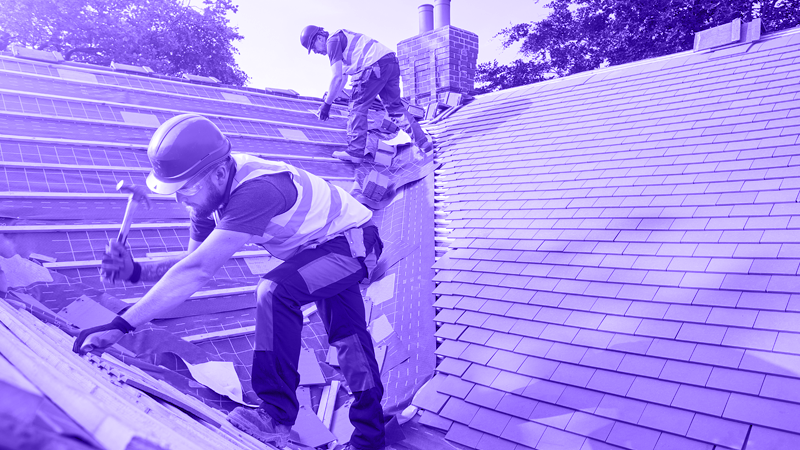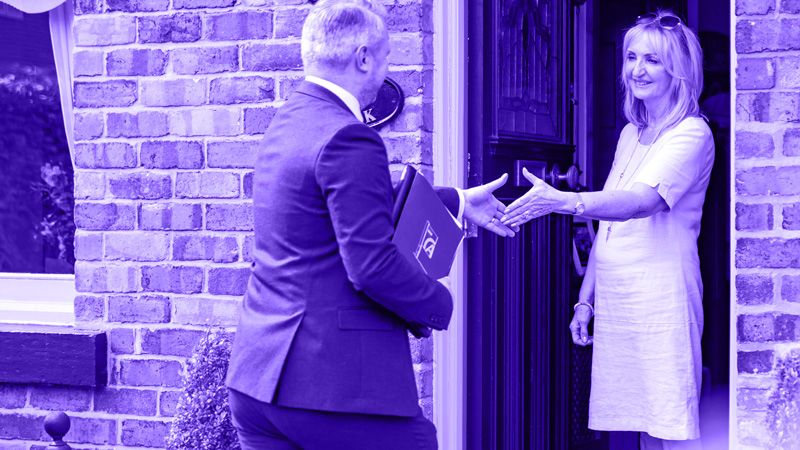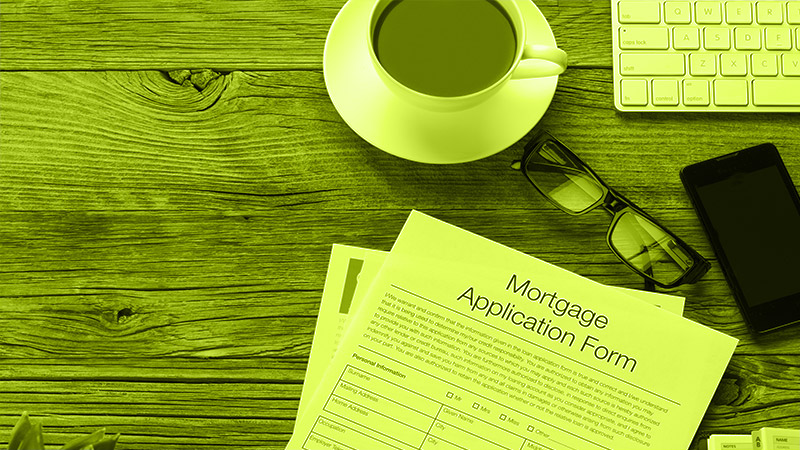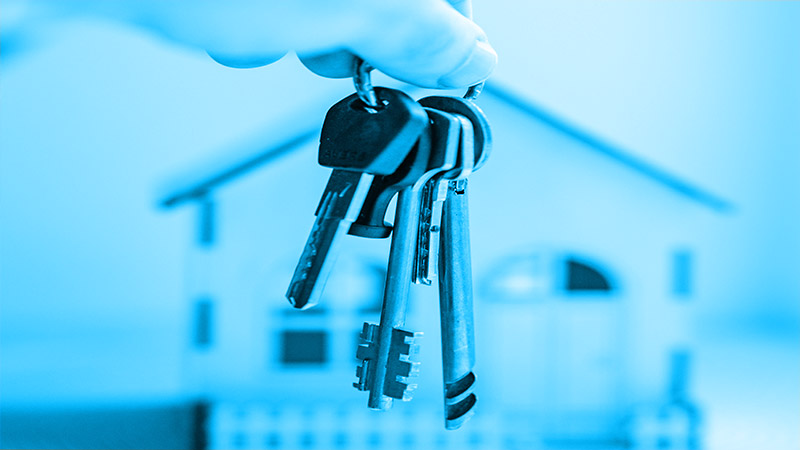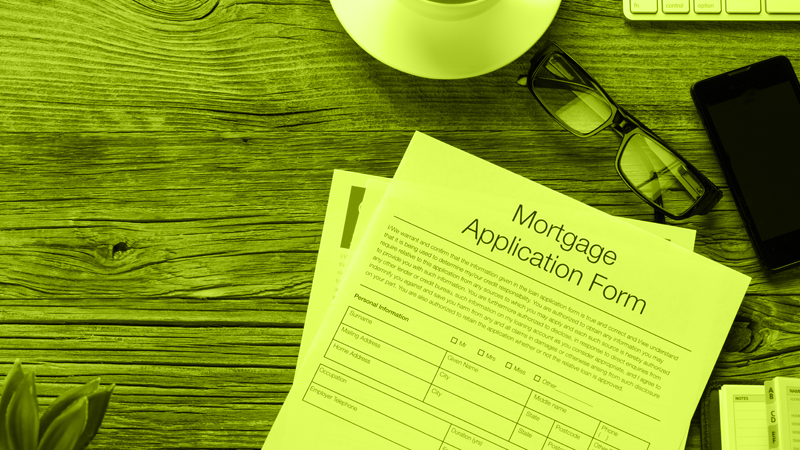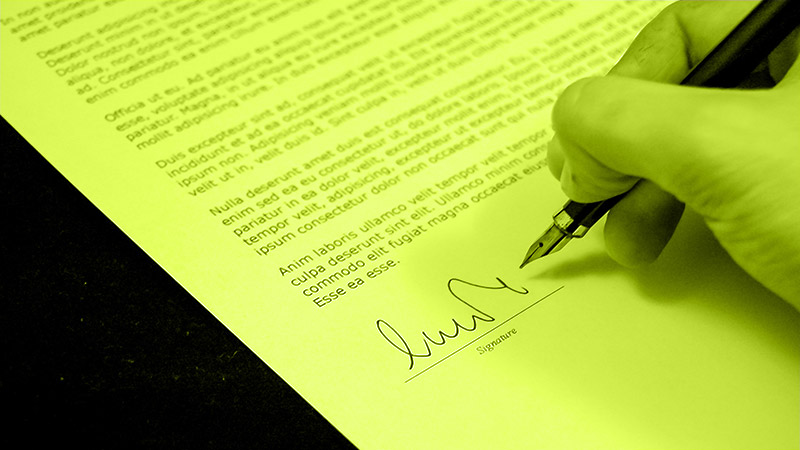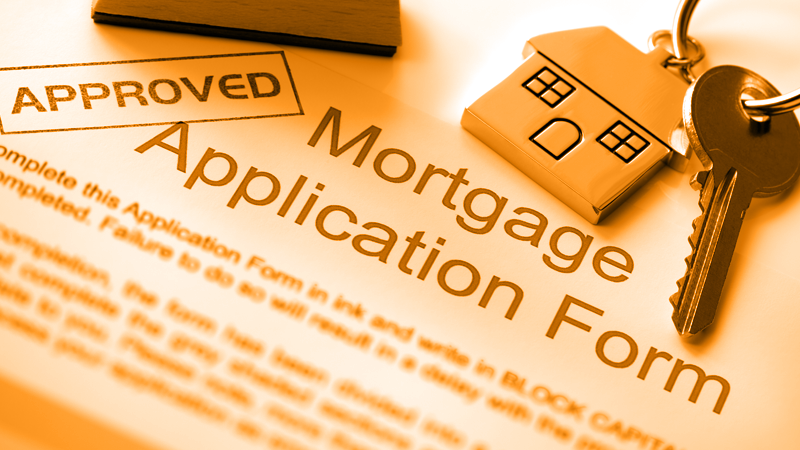If you are self-employed, you may be aware that you will need to prove your income levels during a mortgage application or underwriting process, in order to be approved.
There are a number of ways to do this, however the most common is by requesting an SA302 form.
In this post, we will discuss one method of meeting the lending requirement of proving income.
Why Do I Need to Prove my Income?
The lending rules were tightened up after the UK’s financial crisis in 2008, and lenders need to assess income levels and applicant’s affordability as part of the mortgage application process.
Also, some lenders use multiplying factors in order to calculate how much they are willing to lend a mortgage applicant and therefore without documented proof of a total annual salary, this calculation cannot take place.
Need more help? Check our quick help guides:
- Reasons why a mortgage could be declined on affordability.
- How reliable is a mortgage in principle?
- How do joint mortgages work?
- Can you get a mortgage on a fixed-term contract?
What is an SA302 Form and How do I Get One?
Also known as a tax calculation, this is a formal document created by HMRC that provides an overview of an individual’s tax calculation for one tax year, created from the details provided within a self-assessment tax return.
The summary document includes all taxable income streams and tax liability and is made of two elements documenting both:
- A tax calculation for the relevant tax year, summarising the self-assessment including the total declared earnings and tax payable
- A tax overview, indicating the status of the tax payments
The summary document is also known as a Tax Calculation Form and is the most sought-after proof of income for a self-employed person, suitable for mortgage applications.
Unfortunately, HMRC no longer issue SA302 forms and therefore in order to obtain a form you would need to either request a copy via the HMRC website or call and request one to be sent in the post.
Bear in mind that if requesting a form to be posted, it can take up to two weeks for this to be received, therefore if you have access to the website it is quicker and easier to print the form yourself, which can be found under within your HRMC online self-assessment account under the section ‘more self-assessment details’.
If you use an accountant, they can also access this area to download a form on your behalf.
Another method that accountants can use to calculate a summary of annual earnings is by producing a summary directly from their commercial software used to perform the self-assessment tax return on your behalf.
Such documents may need to be certified by the accountant in order to be accepted by a lender, therefore it is worth discussing the documentation requirements with the potential lender before submission.
The timing of the request (and mortgage application) will be key as the self-assessment for the relevant tax year must have already been submitted in order to request an SA302 form. The deadlines for self-assessment submissions are as follows:
- Paper submissions must be submitted on the 31st October following the end of the previous tax year
- Online submissions are due by the 31st January following the end of the previous tax year
In addition, before contacting HMRC it would be worth asking the potential lender (or independent broker if using one), how many years’ worth of proof of income is required for the underwriting process for the specific lender.
HMRC have SA302 forms available on the website 4 years’ worth of forms (if the applicant has been self-employed for the duration and submitted annual self-assessments).
It is also worth noting, that even if you are employed with PAYE income but also have other earnings, an SA302 form may be useful to obtain to demonstrate your total income to a potential lender.
Related guides:
- Mortgage 5 times salary.
- Can you get a mortgage on land?
- Refurbishment mortgages.
- Part and part mortgages.
- HMO mortgages.
Do I need an SA302 for a Mortgage Application?
As discussed, mortgage lenders require proof of earnings in order to process an applicant’s mortgage application and the most simple way to provide proof of earnings for a self-employed person is via an SA302 form.
Some lenders will require both elements of the Tax Calculation Form for their underwriting purposes whereas others will only require the tax calculation part of the document, therefore it is worth checking before making an application, to avoid any delays during the process.
It is also worth noting that it has been known for lenders not to accept a self-printed SA302 form. HMRC have published a list of lenders that do accept self-printed SA302 documents available to review here.
What Other Ways can I Prove my Income?
Should your SA302 document not be ready due to the timing issues or if the applicant has not been self-employed for the duration of the tax year, another method to prove income may be required.
There are a number of different documents that can be submitted in order to prove income including:
- Bank statements
- Tax Returns
- Letters from employers including offer letters
- Payslips
- Self Employed accounting documents
How to get your SA302 Tax Calculation Summary
There are strict regulations within the UK that lenders must abide by, including requiring proof of income from mortgage applicants in order to assess their suitability and affordability for the financial product.
In this post, we have discussed the documents that can meet the requirements of proving income, especially for those self-employed.
If you are self-employed, it is highly recommended that you approach a specialised mortgage broker to assist with reviewing your personal circumstances and suitability of financial products ahead of making any applications.
Brokers can search the whole of the mortgage market to find the most appropriate financial product, with the most favourable terms, which can save the applicant money too.
Once ready to make a mortgage application, brokers can review your documentation to ensure that everything is prepared and organised, meeting the requirements of the mortgage lender in order to avoid delays.
As with any financial decision, it highly recommended that independent financial advice is sought before committing, to ensure that all terms are fully understood and that the repayments can be made comfortably.
As with any secured lending, the ultimate consequence of defaulting on the loan could mean that the property is repossessed by the lender.
Call us today on 03330 90 60 30 or feel free to contact us. One of our advisors will be happy to talk through all of your options with you.
